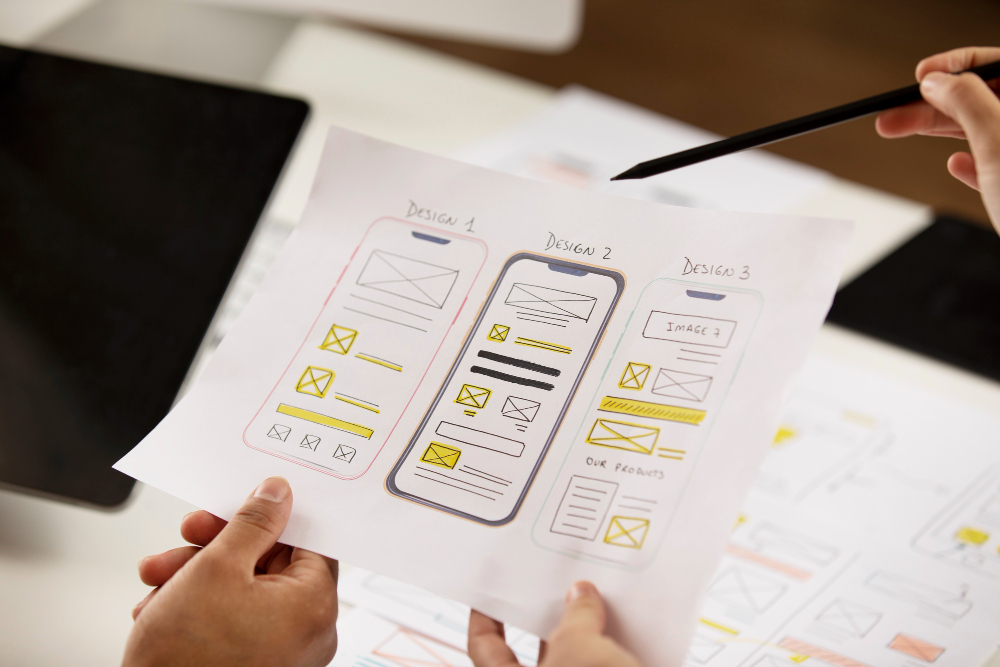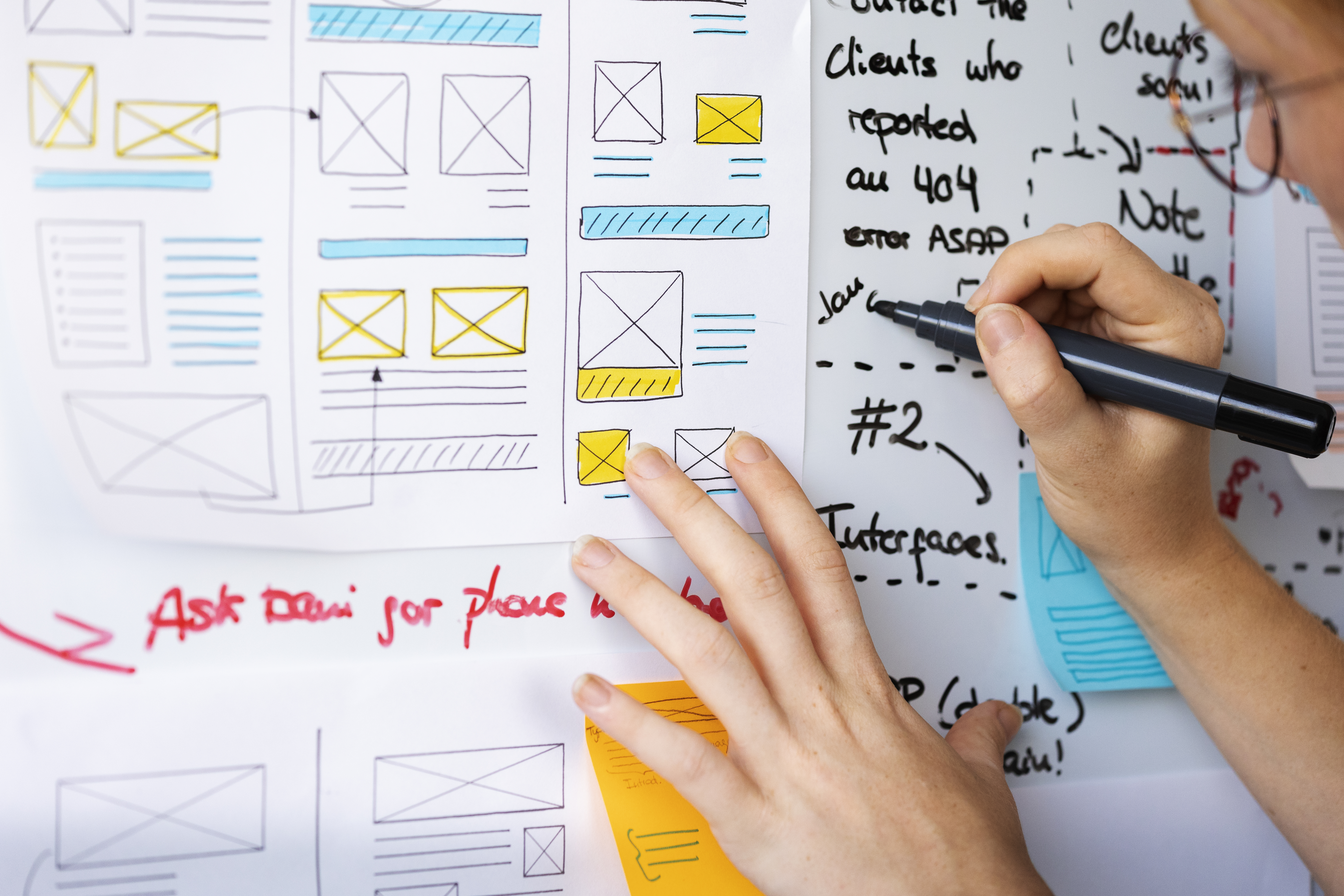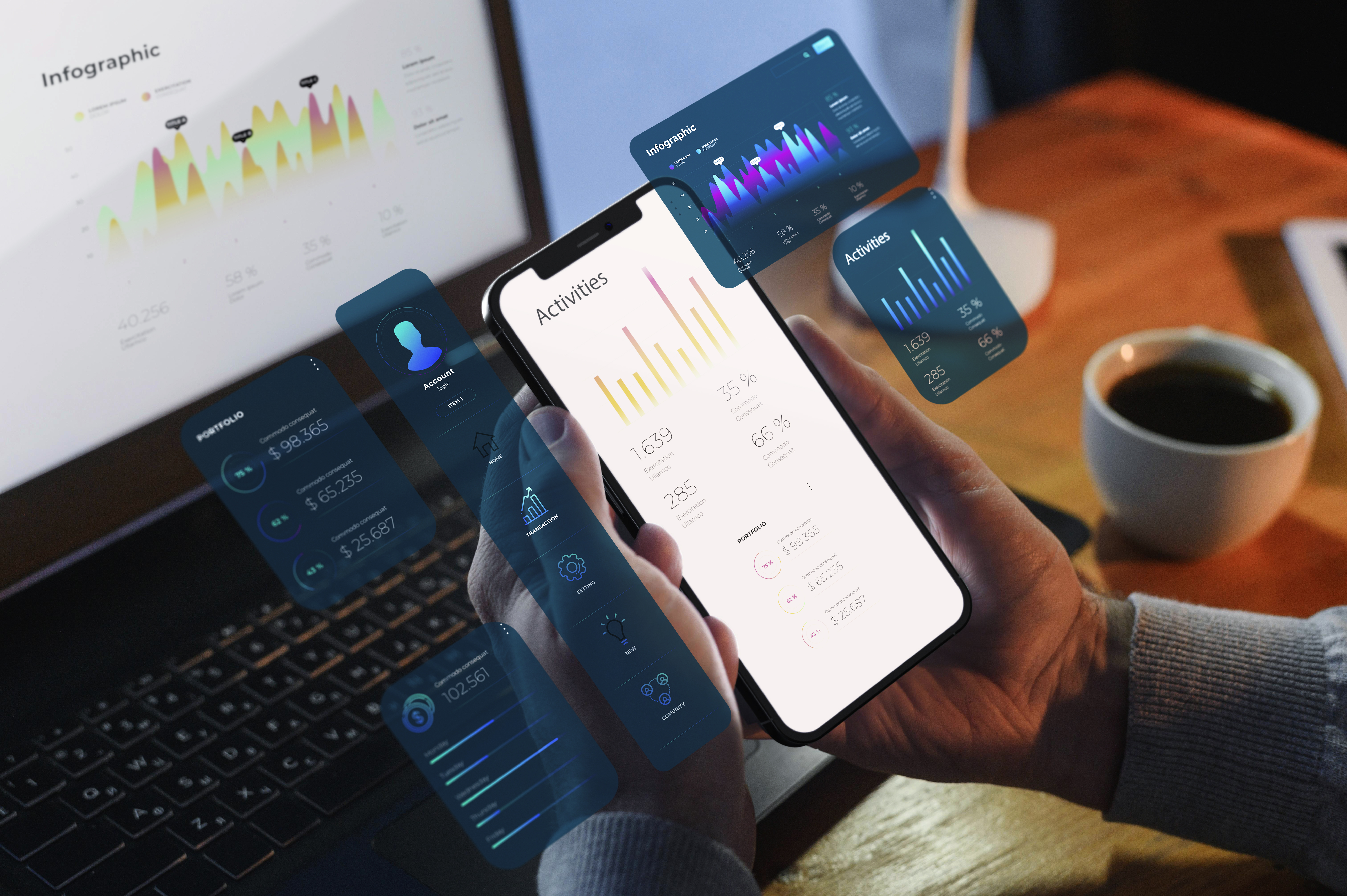
What is UX Design? Crafting Experiences That Prioritize Users
What is UX Design? Crafting Experiences That Prioritize Users
UX Design, or User Experience Design, is the process of creating digital products that are intuitive, enjoyable, and valuable. It’s not just about making user-friendly interfaces but deeply understanding users’ needs and behaviors. The goal is to build a product that aligns business objectives with real user value. In this article, we’ll dive into what UX design is, its history, and how it drives product success.
What is User Experience (UX)?
User Experience covers all interactions a user has with a digital product, like an app, website, or software. The aim of UX is to make these interactions seamless, engaging, and effective. When you open an app and find it effortless to use, that’s the result of strong UX. It involves studying how users think, feel, and behave to design clear, appealing interfaces.
What is UX Design?
UX Design encompasses everything from researching users to delivering the final product. It’s about making products not only functional but delightful. Designers use tools like user research, personas, and usability testing to gain insights. UX spans website design, mobile apps, software, and even physical products.
What sets UX design apart is its user-first approach. If users aren’t comfortable, no amount of visual polish will save a product. By bridging user needs with business goals, UX boosts engagement, loyalty, and success.
UX Design vs. UI Design
Many confuse UX with UI, but they’re distinct:
-
UX Design: Focuses on the overall experience—how a user moves through a product. It involves user flows, wireframes, and usability testing to ensure a smooth journey.
-
UI Design: Centers on visuals—colors, buttons, layouts, and typography. It aims to make the product visually appealing and reflective of a strong brand.
Both complement each other. UX makes a product practical; UI makes it beautiful. Together, they create a complete experience.
The History of UX Design
UX Design has evolved over decades:
-
1940s-1950s: The concept of user-friendly design emerged in industrial design.
-
1980s: Apple’s Macintosh introduced a simple graphical interface, redefining design.
-
1990s: The internet boom made user-friendly websites essential for businesses.
-
2000s: Smartphones brought the challenge of mobile UX design.
-
2010s-Present: UX became a competitive edge. Products must now be intuitive and enjoyable.
Key Figures
Influential figures include:
-
Don Norman: Coined User Experience in the 1990s and was Apple’s first User Experience Architect.
-
Jakob Nielsen: Developed Nielsen’s heuristics, 10 principles for usable interfaces.
-
Alan Cooper: Introduced personas to better understand users.
Information Architecture (IA)
Information Architecture organizes content for easy access and understanding. It includes four systems:
-
Organization: Categorizing information.
-
Labeling: Representing information with text or visuals.
-
Search: How users find information.
-
Navigation: How users move through the product.
Strong IA makes a product intuitive, balancing user needs with business requirements.
Design Thinking Process
Design Thinking is a user-centric problem-solving approach with five stages:
-
Empathize: Research users’ needs.
-
Define: Clarify the problem.
-
Ideate: Brainstorm solutions.
-
Prototype: Build testable models.
-
Test: Gather feedback to refine.
It’s iterative, allowing designers to revisit stages for better solutions. Starting with design thinking prevents costly later changes.
Case Study: The $300 Million Button
An e-commerce site struggled with cart abandonment due to mandatory registration. Usability studies showed users disliked it, and 75% failed password reset attempts. By adding a guest checkout option, the site boosted revenue by $300 million annually. This proves small UX changes can have massive impact.
Conclusion
UX Design bridges users and businesses. By prioritizing user needs, you create products that are not only successful but loved. Whether designing a website, app, or physical product, let UX guide your decisions.


